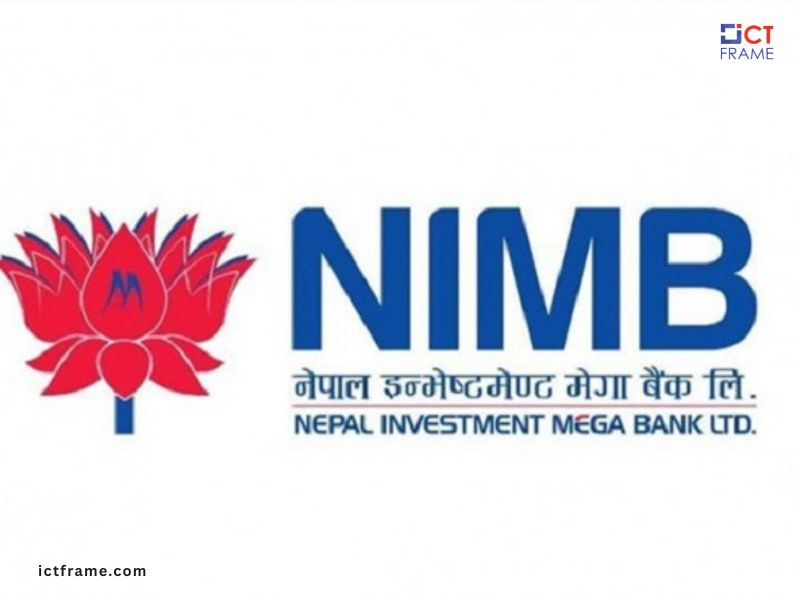The Rise of Electric Vehicles in Nepal: A Path Towards Sustainable Mobility
17 September 2024, Kathmandu
Nepal is on the verge of a green revolution in transportation, with electric vehicles (EVs) rapidly gaining traction.
The Rise of Electric Vehicles in Nepal
The country is setting ambitious adoption targets, aiming for 25% of private vehicle sales to be electric by 2025 and 90% by 2030. These targets align with Nepal’s environmental goals and global efforts to reduce carbon emissions.
In recent years, EV sales and imports in Nepal have skyrocketed, supported by government initiatives, environmental awareness, and expanding infrastructure. Here’s a deep dive into the current EV landscape, adoption goals, economic and environmental benefits, and charging station growth.
Current EV Market Status in Nepal
Despite the remarkable progress in the global EV market, Nepal is still at the beginning of its journey, with only 1% of its total vehicles being electric. The remaining 99% are non-electric vehicles, which contributes to the high dependency on imported fossil fuels. However, the tide is starting to turn as the country pushes for green energy solutions.
EV Adoption Targets
Nepal has set bold adoption targets:
- 25% of private vehicle sales to be electric by 2025.
- 90% of private vehicle sales to be electric by 2030.
These goals reflect Nepal’s dedication to reducing its carbon footprint, lowering pollution levels, and encouraging the use of renewable energy sources.
Economic and Environmental Benefits of EVs
Electric vehicles offer numerous benefits to both the economy and the environment:
Economic Benefits:
- Lower Fuel Costs: EVs run on electricity, eliminating the need for petrol or diesel. Owners can save significantly on fuel expenses over the vehicle’s lifetime.
- Reduced Maintenance Costs: With fewer moving parts than traditional combustion engines, EVs require less maintenance, resulting in long-term savings.
- Job Creation: The shift to EVs opens up new job opportunities in manufacturing, infrastructure development, and charging station maintenance.
- Energy Independence: By promoting the use of EVs, Nepal can reduce its dependency on imported fossil fuels, leading to greater energy security.
- Incentives: The government may offer tax breaks and subsidies to encourage the purchase of electric vehicles, making them more affordable.
Environmental Benefits:
- Reduced Emissions: EVs produce zero tailpipe emissions, leading to cleaner air and a significant reduction in greenhouse gas emissions, particularly when powered by renewable energy sources.
- Decreased Noise Pollution: Electric vehicles are much quieter than traditional cars, contributing to quieter urban environments.
- Sustainable Transportation: EVs support long-term sustainable development, reducing the environmental impact of transportation.
- Efficient Resource Use: Features like regenerative braking allow for more efficient energy use, further lowering the overall environmental footprint of transportation.
- Improved Air Quality: The increased adoption of EVs can lead to better air quality, particularly in densely populated urban areas where pollution levels are high.
EV Charging Infrastructure in Nepal
One of the key components of a successful EV market is a robust charging infrastructure. Nepal currently has over 400 charging stations spread across major highways, cities, and bus parks. The Nepal Electricity Authority (NEA) has also installed 62 charging stations and plans to double the number in the coming years, especially in remote areas to facilitate long-distance travel for EV owners.
Total Charging Stations in Nepal:
- Nepal Electricity Authority (NEA): 62 stations.
- Private Companies: 400 stations.
- Total: 462 stations.
With the growing infrastructure, EV users can travel more confidently, knowing that charging stations are becoming more accessible across the country.
EV Imports and Sales: A 290% Surge in Two Years
The demand for electric vehicles in Nepal has surged significantly in recent years. From 1,255 EV imports in 2019-2020 to 11,701 imports in 2023-2024, the country has witnessed a 290% increase in EV imports over the last two years. This growth reflects both the increased environmental awareness among consumers and government incentives supporting the transition to electric mobility.
EV Imports Over the Last Five Years:
- 2019-20: 1,255
- 2020-21: 275 (A temporary drop due to the pandemic)
- 2021-22: 1,805
- 2022-23: 4,050
- 2023-24: 11,701
Electric Vehicle Sales in Nepal:
- 2020: 1,500 EVs
- 2021: 2,500 EVs
- 2022: 4,000 EVs
- 2023: 6,000 EVs
- 2024 (Projected): 8,000 EVs
This rising demand indicates a promising future for EVs in Nepal, driven by a combination of market demand, incentives, and an expanding charging network.
Future Outlook: Powering Nepal’s Green Revolution
Nepal’s transition to electric vehicles is not just a trend; it’s part of a larger movement towards sustainable energy and transportation solutions. With government support, increased consumer awareness, and significant investments in charging infrastructure, the country is well on its way to meeting its ambitious EV targets.
As Nepal continues to embrace electric vehicles, the nation will see multiple benefits—from economic savings to a cleaner environment, marking a significant step toward a sustainable and green future.
Conclusion
With a 290% increase in EV imports over the last two years and over 400 charging stations available across Nepal, the country’s electric vehicle market is accelerating rapidly. Driven by strategic government initiatives, incentives, and an increasing awareness of environmental issues, Nepal is poised to become a leader in green transportation.
Join the EV revolution and contribute to a sustainable mobility future. Every electric vehicle purchased moves Nepal one step closer to its green goals, reducing emissions and driving economic growth.
For more: The Rise of Electric Vehicles in Nepal











